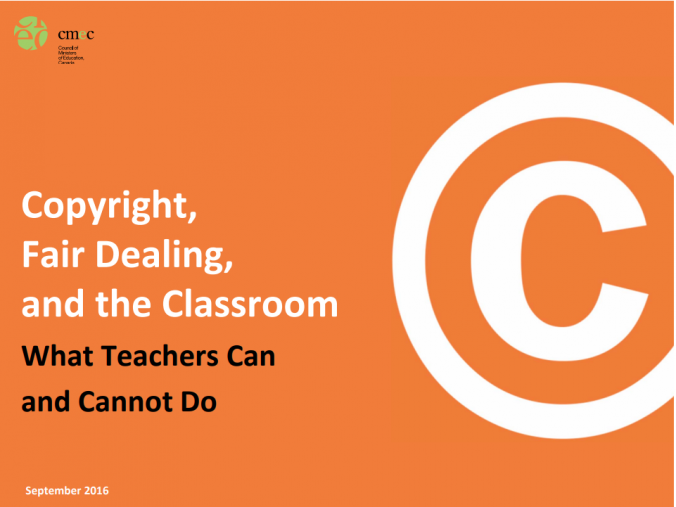The classroom is really a microcosm of the world. The students represent the diversity of people and the classroom is society. You can see how technology has positive and negative consequences within a classroom. Schools are not insulated from societal influences and visa versa. Just ask yourself how many times the classroom/school environment was addressing an issue that originated from outside the educational setting? Typically, when situations like these occur it is usually a result of technology being misused by a student or even a teacher/staff member.
Throughout our discussions in EC&I 832 discussions have revolved around the importance of best technology practices so we can ensure a safe environment for our students in an educational setting. I like how a classmate distinguished the difference between Ethical and Legal issues. Many times as educators we deal with day to day ethical issues pertaining to responsible use policy to even the issue of equal access to technology for our students. In our technology department we have connected regularly with our teachers and they have indicated that “one shoe does not fit all”. This applies to addressing the the ethical issue pertaining to the great digital divide between students that have technology and the students that do not have technology. If a student does not have technology at home and they are at home for an extended period this can imped the level of academic support. Many teachers at this time post assignments, provide continuous feedback and lessons on student information systems. If a student is disconnected due to lack of technology access this will place a student in disadvantaged position.
Some other issues can be cyberbullying and inappropriate disclosure of private information. We need to always ask ourselves do our students understand the impact a digital footprint has on one’s life?
Then there exists the legal side when using technology in a educational setting. I have personally heard discussions between colleagues regarding the appropriate use of copyright rules. It has become essential that teachers develop a solid understanding of the common issues surrounding intellectual property rights, plagiarism and especially digital property rights. In particular, teachers need to teach students the importance of citing your work.

As a member of a technology department I think it is really important that we support teachers in understanding the importance of not only copyright but also the issue of patent and trademark use as well. It reminds me of the discussion we had regarding a person who downloaded songs and shared with other people. This stresses the importance of due diligence required by teaching staff to teach students the importance of following proper use of technology in an educational setting. I would also suggest that we should teach students the risks when it comes to ransomware, phishing and hacking. We take for granted when students walk to school and arrive safely. We don’t think that students need to know how to use good pedestrian skills so they don’t get hit by a vehicle while going to school. In good conscious, a parent/guardian would always teach their child how to be safe in the physical world. So, why do we not apply the same principal when it comes to the digital world?
My question to you the reader is do you think we fail to teach students the proper use of technology because the risks are not as apparent?
Digital footprints is an excellent example how how someone can be exploited even without their knowledge. Often times, people do not realize the information they share online is collected and saved into servers. So our students really need to know the importance of proper online behaviour. That means that students should first know what digital resources are most secure and trusted. They need to frequently change their passwords. Last but not least students need to think before they post or share anything online. Because if you can’t see the threat/risk does not mean it does not exist.

Leave a Reply